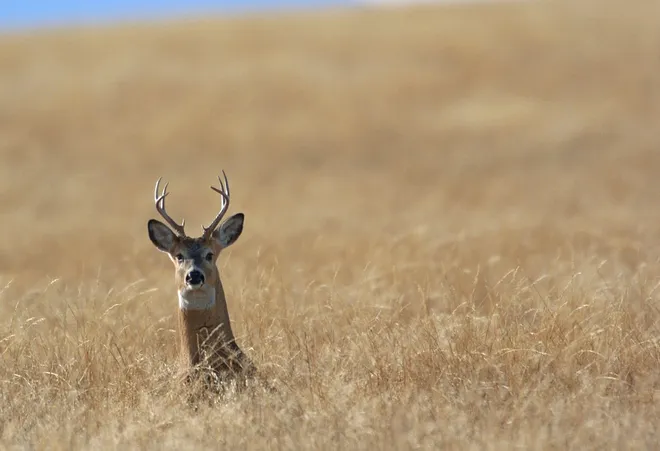Zombie deer disease is a 'slow moving disaster'. Why scientists say humans should 'be prepared'.
Chronic wasting disease is sometimes referred to as "zombie deer disease," or affected deer can be called "zombie deer" due to the neurological signs of the disease, which include weight loss, lack of coordination, listlessness and drooling.
The disease mainly affects free-ranging deer, elk and moose, according to the Centers for Disease Control and Prevention.
Although there have been no infections in humans, scientists warned that the disease is a "slow moving disaster" for humans.

Here's where "zombie deer disease" has been reported so far:
Reports of chronic wasting disease in the U.S. and abroad
Chronic wasting disease has been found in animal populations in at least 31 U.S. states, according to the Centers for Disease Control and Prevention (CDC).
Earlier this month, Kentucky confirmed a case of CWD when officials with the state Department of Fish and Wildlife announced that the disease was detected in a 2-year-old white-tailed deer harvested by a hunter in November.
CWD has also been found in three Canadian provinces.
Outside of North America, chronic wasting disease has been reported in reindeer and moose in Norway, Finland and Sweden, and a few imported cases have been reported in South Korea.
How does the disease spread?
The disease can have an incubation period of over a year, and signs of the disease may develop slowly.
Scientists believe the disease spreads through contact with contaminated body fluids and tissue, or through the environment, including drinking water and food, the CDC says.
CWD was first discovered in Colorado in 1967, according to the U.S. Geological Survey, and has since spread to a number of states and to countries around the world. No infections have been reported in humans, although research suggests the disease is more transmissible to humans from animals than was previously thought.
What to know about CWD:'Zombie deer' disease has been reported in more than half the US
Can zombie deer disease spread to humans?
While there have been no infections to humans, some scientists are sounding the alarm that governments prepare for the potential for CWD to spread.
Dr. Cory Anderson, a program co-director at the Center for Infectious Disease Research and Policy (CIDRAP), told The Guardian, "The mad cow disease outbreak in Britain provided an example of how, overnight, things can get crazy when a spillover event happens from, say, livestock to people."
Anderson said it's important to be prepared in case the disease does spread to humans. "We're talking about the potential of something similar occurring. No one is saying that it's definitely going to happen, but it's important for people to be prepared," he added.

Contributing: Emily DeLetter, USA TODAY
Disclaimer: The copyright of this article belongs to the original author. Reposting this article is solely for the purpose of information dissemination and does not constitute any investment advice. If there is any infringement, please contact us immediately. We will make corrections or deletions as necessary. Thank you.






